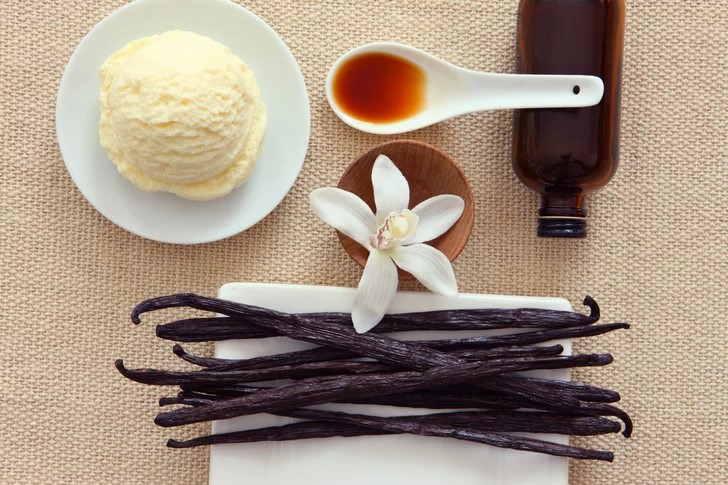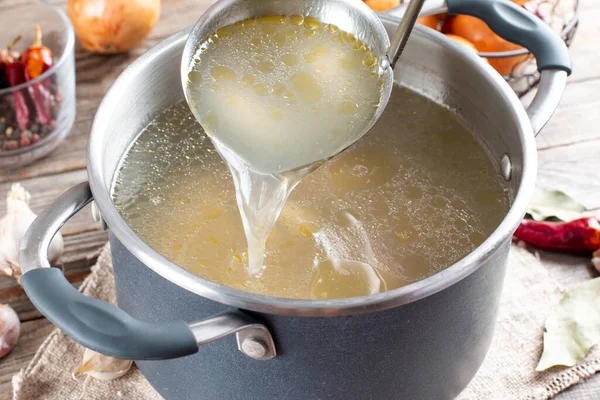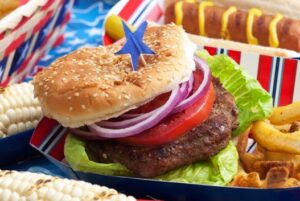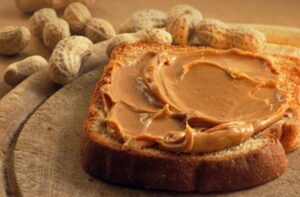The Bread Baby
Does anyone remember that craze back in the 90’s, where people gave each other little pocket sized computer thingies that you had to ” feed” and “bathe”, or they pinged in an annoyingly loud manner? Or that episode in “Frasier” where Niles attempted to simulate fatherhood by looking after an eight pound sack of flour for a week? No?
I had forgotten them too – but they all came rushing back to me in the early hours of the morning about a month ago, when I found myself under the glare of my kitchen lights, giving it the full Colin Clive and screaming, “It’s alive! IT’S ALIVE!!”
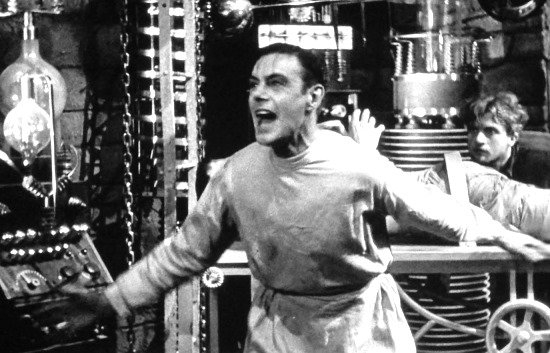
I was making my own sourdough bread.
Moreover, I was learning – all too painfully – that making your own sourdough bread is not about the baking the bread, but rather about making the “starter.” And making a sourdough starter is uncomfortably like looking after a small baby for an extended period of time. There’s a lot of feeding and changing, quite a bit of gas, the regular disposal of beige goop, some malodorous smells, and far too much fretting and crying.
How did I get to that darkly cinematic moment in my kitchen in those wee small hours? Not naturally or easily actually. Continue reading “The Bread Baby”

